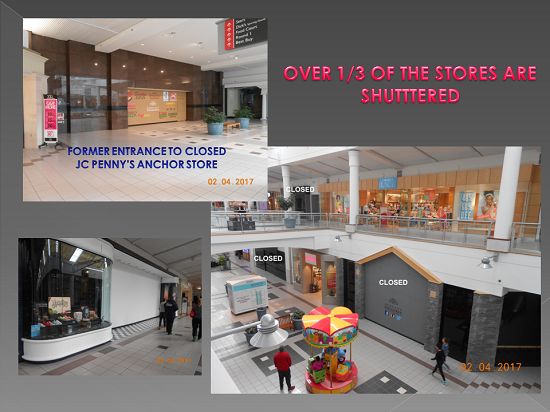Real solutions have two parts: changes in values and operational changes in habits and processes.
While it's certainly good sport to mock "snowflakes," not all Millennials are snowflakes. Many are homesteading, buying affordable homes and building communities that get stuff done.
Although the mainstream media focuses on bubble-priced Left and Right coast homes costing hundreds of thousands of dollars, there are perfectly serviceable houses that can be had for $50,000 or less elsewhere in America. Drew just bought one, and rather than go through a bank for the mortgage, he arranged (with the help of a real estate attorney) for a family member to put up the mortgage.
This arrangement is win-win: the family member earns a much higher return on the cash than a savings account or equivalent, the loan is secured by the property, and Drew cuts out the bank/lender.
It may surprise those who only read media accounts of Millennials living in their parents' basement playing videogames, many of the Millennials in Drew's "tribe" are growing food via homesteading. This is arguably a global trend, as the short video below from Japan reveals.
An increasing number of Japanese Millennials are abandoning the high-cost, long work hours life in big cities for a rural lifestyle that is described as "half farmer, half X," with X being whatever part-time work generates the modest incomes needed to sustain the village lifestyle.
I recently watched a Japanese TV program (Soko ga Japan is the name of the series) profiling the young residents of a Japanese farming village. Each household pays $200 or $250 per month for a spacious old house and adjoining farm plot.
This is roughly 10% of what the households were paying for cramping flats in Tokyo. One of the homes is an expansive 200-year old farm house which the young tenant has fixed up to host informal gatherings for those interested in the village community.
Drew reports his mortgage is a bit over $300/month. Including property taxes and homeowner's insurance, the basic cost of ownership is roughly half what neighboring homes are renting for.
So what is X, the other source of income? Raising animals and high-value vegetables that can be sold to restaurants is one source, but many of the young homesteaders continue to do the work they did in the city, only remotely: graphic design, illustration, IT (information technology), translation, etc.
This is an example of what I call the Mobile Creative class, the non-age specific class of people who have broken free of Corporate-State wage-slave serfdom by cobbling together multiple income streams doing work they care about, and radically slashing their cost of living to enable this freedom to do meaningful work.
When people say they want solutions, they're actually seeking only a specific kind of solution, one that leaves everything they have now intact but guarantees them more of something: more security, more healthcare, more education, more money, etc., but at no cost or inconvenience to themselves.
Anything that fits these parameters isn't a solution; it's magic. Magical thinking and magical fixes are endlessly appealing precisely because they don't require us to change anything or work at anything outside our comfort zone.
In the real world, solutions change core values and processes. If they don't, they're not real solutions. Fake fixes come in various types: cosmetic band-aids, alleviation of the symptoms while the disease continues unchecked, public-relations relabeling of the problem so it appears to go away via semantic trickery, and so on.
The credit-card fueled shopping-spree of suburban malls is dying for a variety of structural/systemic reasons. Embracing that as the only model we have is to choose extinction.
Real solutions have two parts: changes in values and operational changes in habits and processes. This two-sided structure of solutions--values and operations--is scale invariant, meaning it works the same for individuals, households, neighborhoods, towns, cities, organizations, enterprises, nations and empires. Any solution that doesn't change both values and operations in fundamental ways is just another magic trick, a simulacrum solution.
It requires this context of values and operations to understand how half-farmer, half-X is one spectrum of solutions for an over-indebted, dysfunctional economy of dead malls and dying models of debt-based "growth."
The "De" Generation (DeGrowth) (8:26)
NOTE: Contributions/subscriptions are acknowledged in the order received. Your name and email remain confidential and will not be given to any other individual, company or agency.
| Thank you, William C. ($50), for your wondrously generous contribution to this site -- I am greatly honored by your steadfast support and readership. | |
Thank you, Mike L. ($10/month), for your putrageously generous pledge to this site -- I am greatly honored by your support and readership.
|
























